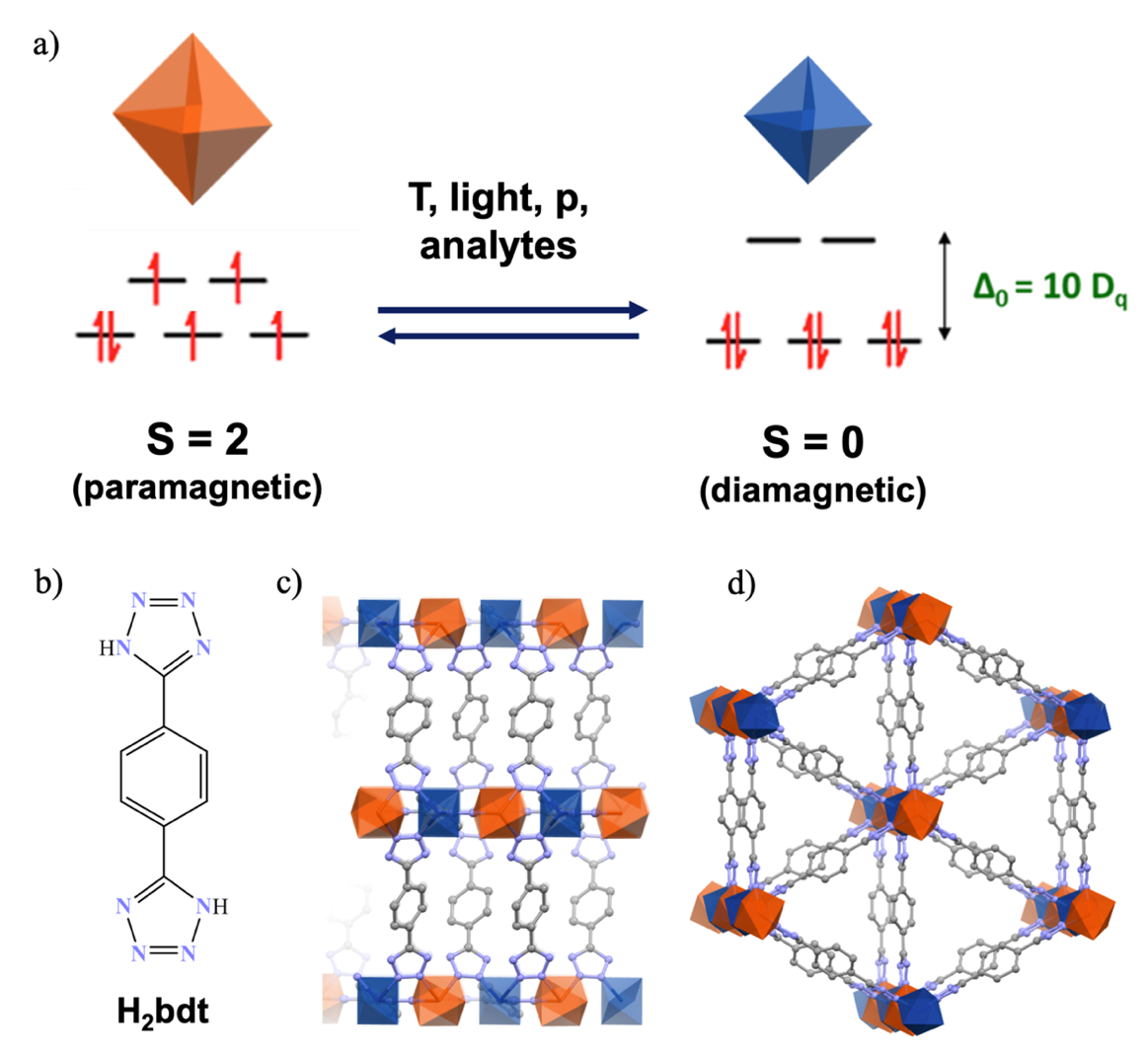RESEARCH PROGRAMMES
P1: Nanosystems for light harvesting and energy conversion.
P6: Technology translational platform
RESEARCH SUPERVISOR(S)
Dr Jose Sanchez Costa
Research Group website: https://www.nanociencia.imdea.org/switchable-nanomaterials-group/group-publications
RESEARCH TOPIC DESCRIPTION
Novel sensing materials are needed to tackle key unmet challenges in environmental monitoring, defense, energy, health or food quality. Therefore, huge economic and research efforts are constantly being made to develop materials capable to accurately detect target gases (e.g. CO2, NO2 or H2), volatile organic compounds, (e.g. as benzene, formaldehyde), explosives (TNT, TATP), drugs (acetic anhydride, phenylacetone) and molecules such as water.
Analytical techniques as chromatography, infrared, mass spectrometry or nuclear magnetic resonance are currently employed for analyte detection. However, these instruments, developed primarily for high-end laboratory operation, have important drawbacks such as high acquisition and running cost for their in-field use. To overcome these limitations, we will develop extremely selective materials and functional devices leading to a new generation of portable and miniaturized sensors.
To achieve this aim, we will engineer and assemble unique switchable porous coordination compounds (also called metal organic frameworks, MOFs) at different scales of matter (from macro to atomic level). These unprecedented structures will be formed by a switchable spin crossover (SCO, Fig. 1A) metal, providing great sensitivity through signal transduction and, a modified organic ligand, providing exceptional selectivity through the pioneering inclusion of tailored, molecule-specific receptors (Fig. 1B). The readout of this molecular switch will be electrical. Conductance probing allows for local and extremely sensitive detection of variations between SCO states. For this, the target material will be, for the first time, placed between 2D electrodes in a transistor-like geometry.
This project encompasses promising prospects for turning fundamental research into successful groundbreaking innovations of highest importance, both to boost the competitiveness of the European industry and to create new products that will make positive changes in the lives of citizens.
POSITION DESCRIPTION
The candidate will perform a synergetic research in two complementary research groups (the SNM lead by Dr Jose Sanchez Costa and the FunNanoDev lead by Dr Enrique Burzurí). In the SNM group the candidate will elaborate porous coordination polymers (usually called metal-organic frameworks) and perform their physical and structural characterization. In the FunNanoDev they will carry out the nanofabrication of devices in a clean-room environment and the charge transport study of the MOF. To achieve this, the candidate needs to have a Chemistry or Physics PhD degree holding expertise in porous coordination chemistry and/or electronic characterization.
By undertaking this work, the candidate will learn complementary coordination chemistry methods (special emphasis on crystallization process), advanced training on state-of-the art characterization techniques specific for MOF systems such as X-ray single crystal diffraction (at the advanced light source in Berkeley, ALBA in Barcelona) and acquire valuable expertise in other classical characterization physic-chemical techniques such as NMR, HPLC, MALDI-MS, optical spectroscopy (IR, UV-vis), etc..
Simultaneously, they will be trained to supervise master and bachelor students, will develop their organizational and management skills as well as their international collaborations and strengthen their communication abilities thus acquiring the necessary competences to develop a successful public or private career. The postdoctoral researcher will likewise benefit of a scientific multidisciplinary environment provided by the research group at IMDEA Nanoscience.
PARTNER ORGANIZATIONS
To achieve this project the candidate will expend a secondment period in the ALBA synchrotron, more precisely in the XALOC line to develop single crystal diffraction coupled to a gas cell (CO2, NO2, H2O and other volatile organic compounds as methanol and ethanol).
Additionally, and in case of agreement, the candidate will also travel to the Advanced Light Source in Berkeley to perform advanced training in single crystal diffraction under external perturbation (local host: Dr. Simon J. Teat). One of the PI has beamline allocated to measure SCO-MOF in 2022.

Figure 1.
(a) Representation of the two spin states of an ion with six d electrons, the high-spin (HS, paramagnetic) and the low-spin (LS, diamagnetic) electronic states. Under external stimuli, such as temperature, pressure, light irradiation, or the inclusion of analytes, the SCO materials can switch between both electronic states.
(b) H2bdt ligand drawing.
(c) 1D Fe(II)-tetrazole building block and view of the layer formed from the 1D chains.
(d) 3D perspective of this 3D SCO MOF. LS Fe is represented in dark blue, HS Fe in orange, N in blue and C in grey
